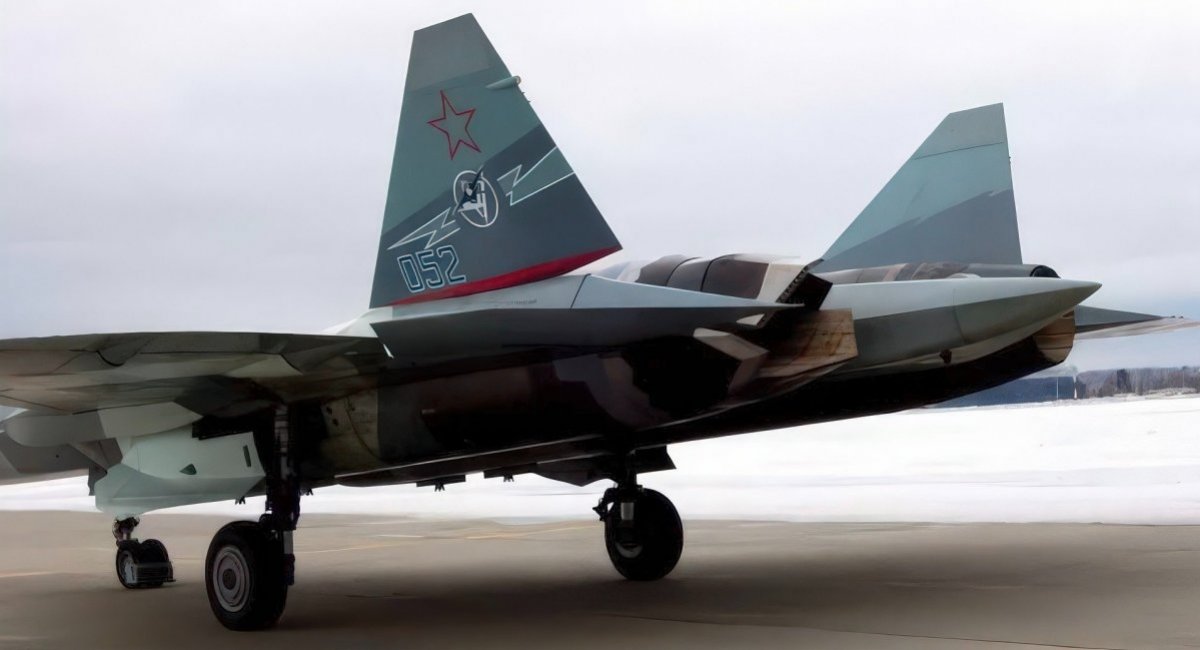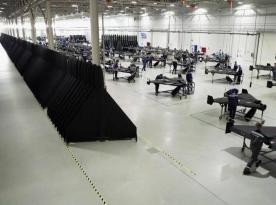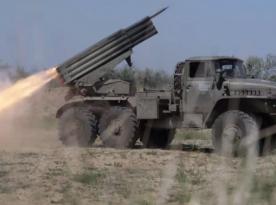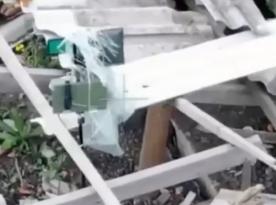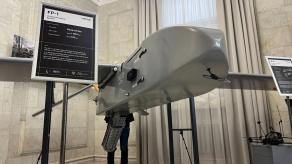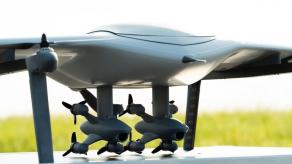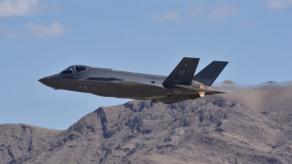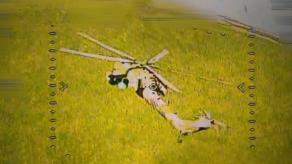Aircraft makers in russia are testing a flat-nozzled variant of Su-57, a multirole fighter jet that Moscow alone claims is a fifth-generation fighter. Footage showcasing these tests was shown in an announcement of a special media report coming soon to russian state television. Apparently, the broadcast is supposed to be the answer to the Chinese mocking of the Su-57 at the Air Show in Zhuhai last month.
The flat-nozzled engine appears only in a few short clips, this design was implemented only on the left engine attached to a Su-57 test article, the right one is the standard AL-41F1. The video demonstrates how the flat engine can alter the thrust vector.
Read more: Chinese Attendees Ridicule russian Su-57 at Zhuhai Airshow and Share First Detailed Close-Up Photos
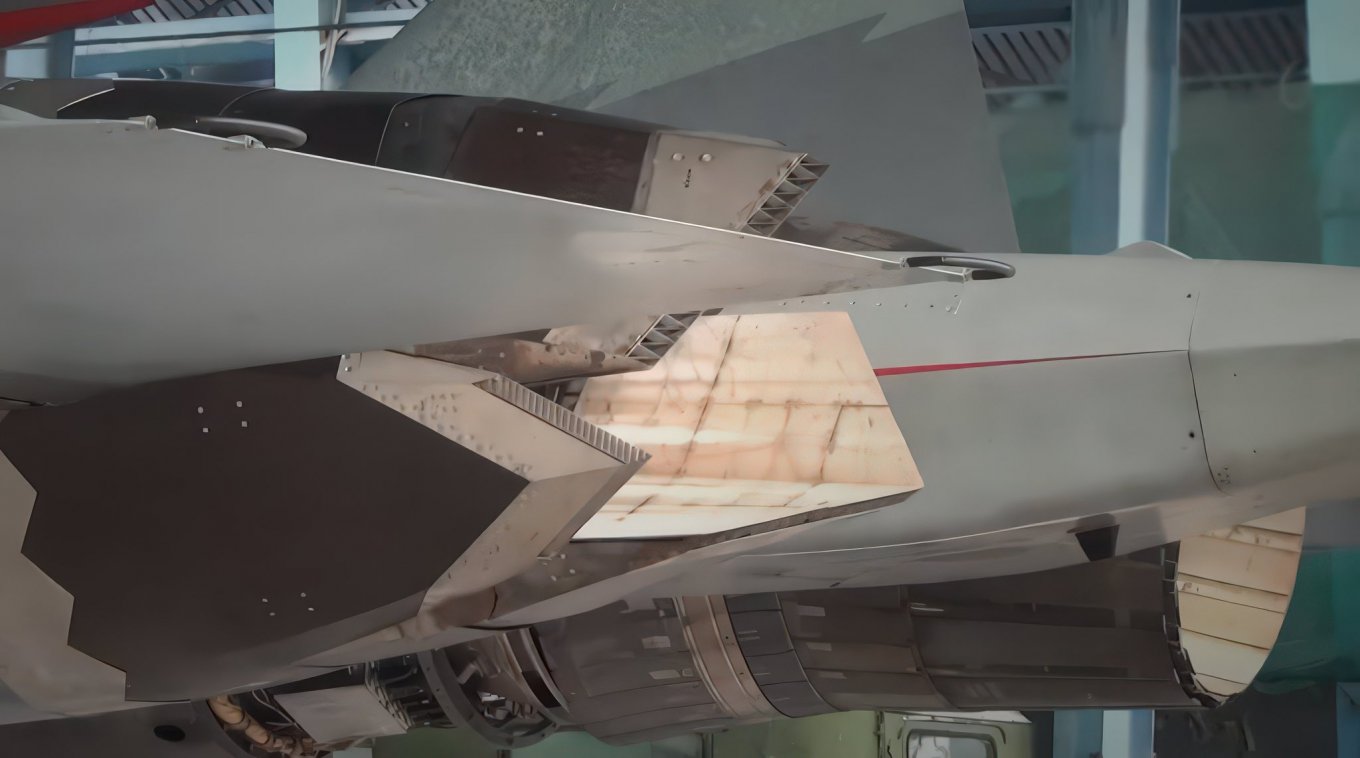
With this development, the russian military-industrial complex has effectively come close to retracing what the United States did 38 years ago: namely, the F119 engine for the F-22 Raptor fighter.
In 1986, Pratt & Whitney started the first tests of the engine with this technology, revolutionary at the time, of a flat engine nozzle and thrust vector manipulation. The F119 engine's first flight followed in 1988 installed on a test subject F-15; already in 1990, it lifted off the ground a YF-22 demonstrator aircraft — the future F-22.
The whole point of having a flat nozzle is to reduce visibility in the radar and in the infrared spectrum. The drawback, however, is the reduced thrust, design complexity, and much stricter requirements for the materials to make such nozzles.
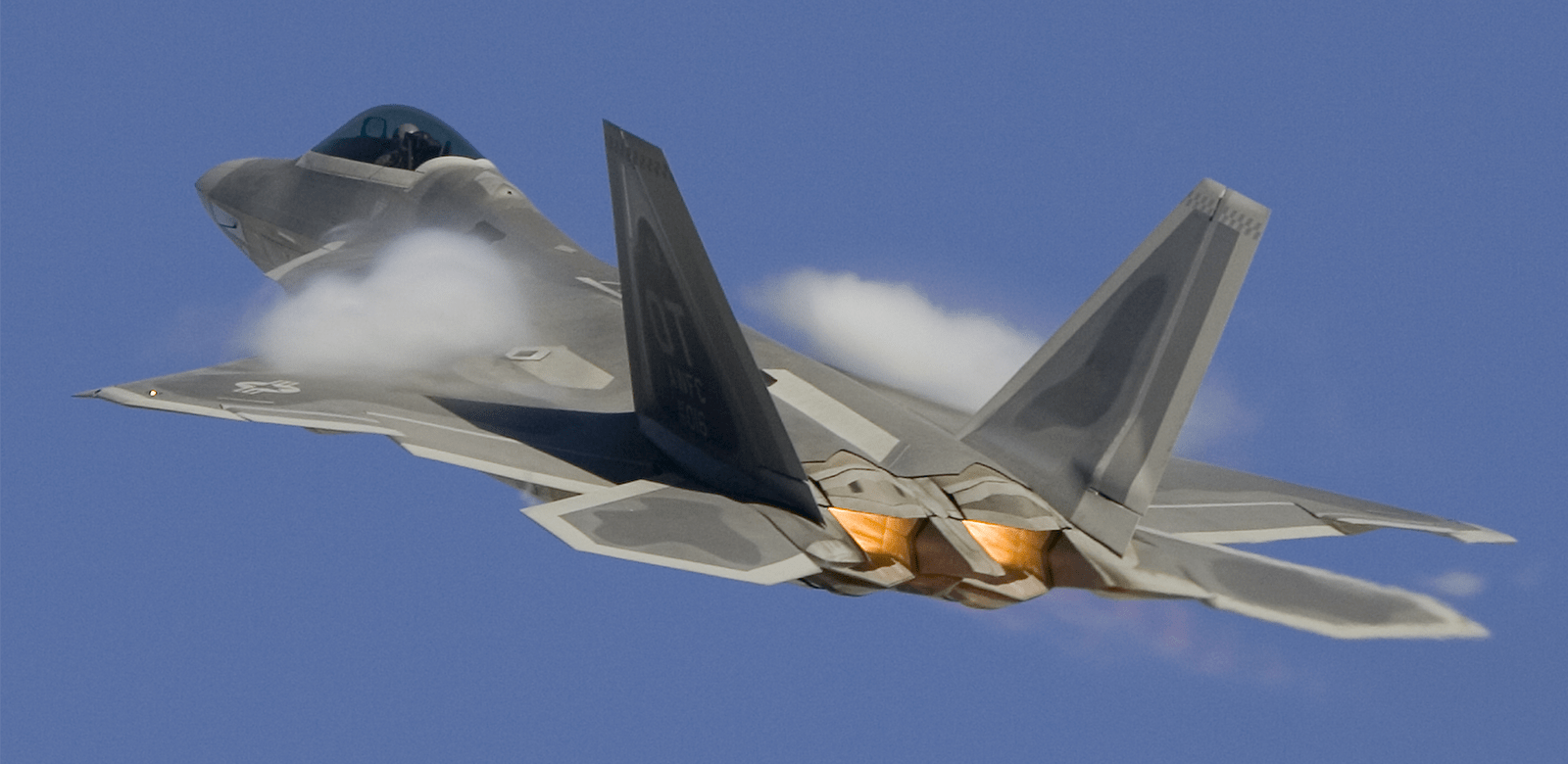
As the manufacturing technique progressed, the flat nozzle design was discarded for the next-gen F-35, although its F135 engine was created on the basis of the F119. For the new power plant, Pratt & Whitney used a symmetrical nozzle with 15 petals that have a sawtooth pattern along the edge: it reduces the visibility of the plume in infrared. This configuration is also cheaper to manufacture and maintain than the flat one.
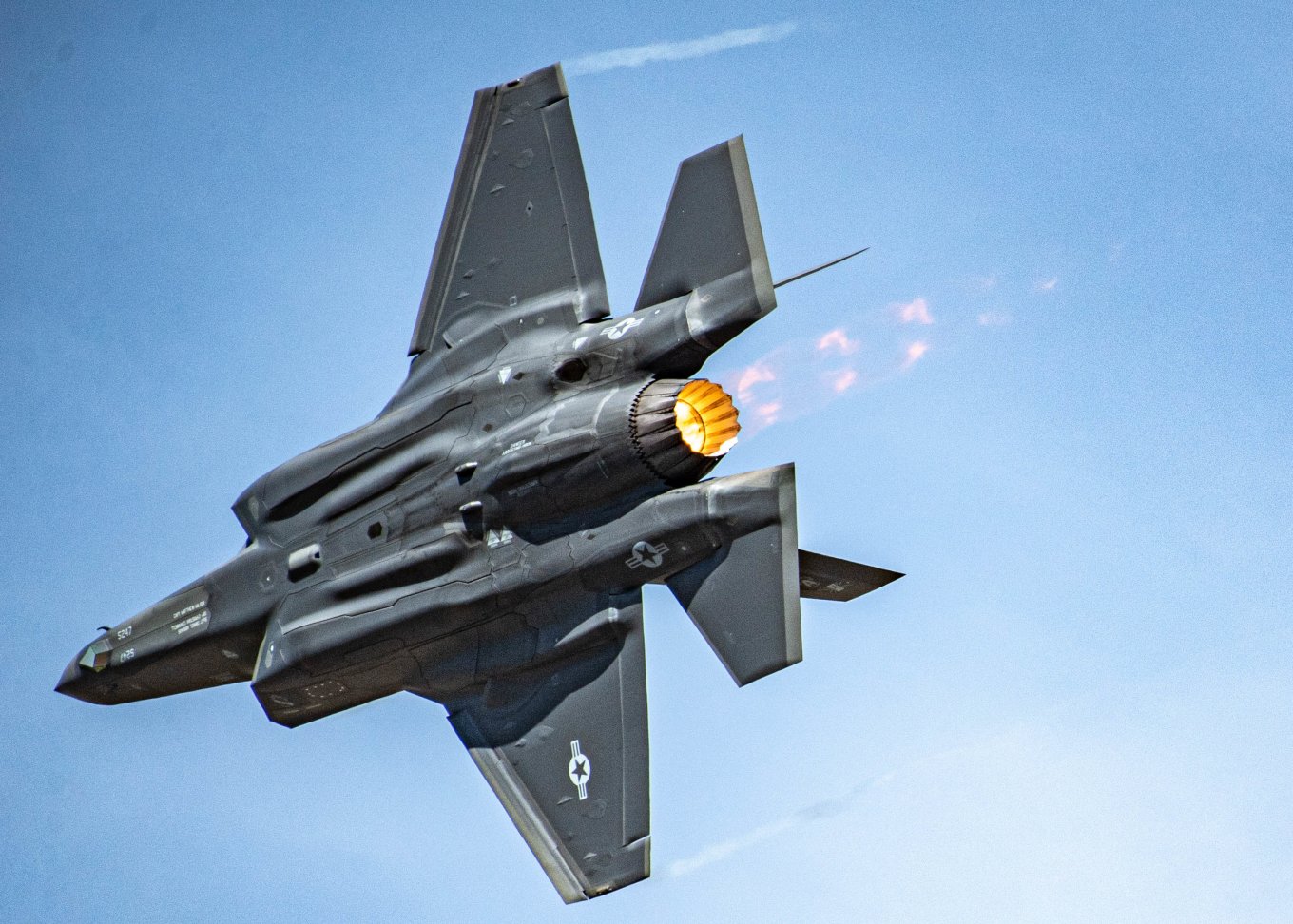
What's interesting, the russians wanted to make the Su-57 have a new flat-nozzled engine from the very beginning but in the end, they only managed to supply the AL-41F1 — a derivative of the AL-31F used on the Su-27 fighter.
The manufacturer called it a "first stage engine," promising to later replace it with the Type 30 which was first seen during Su-57 tests back in 2020.
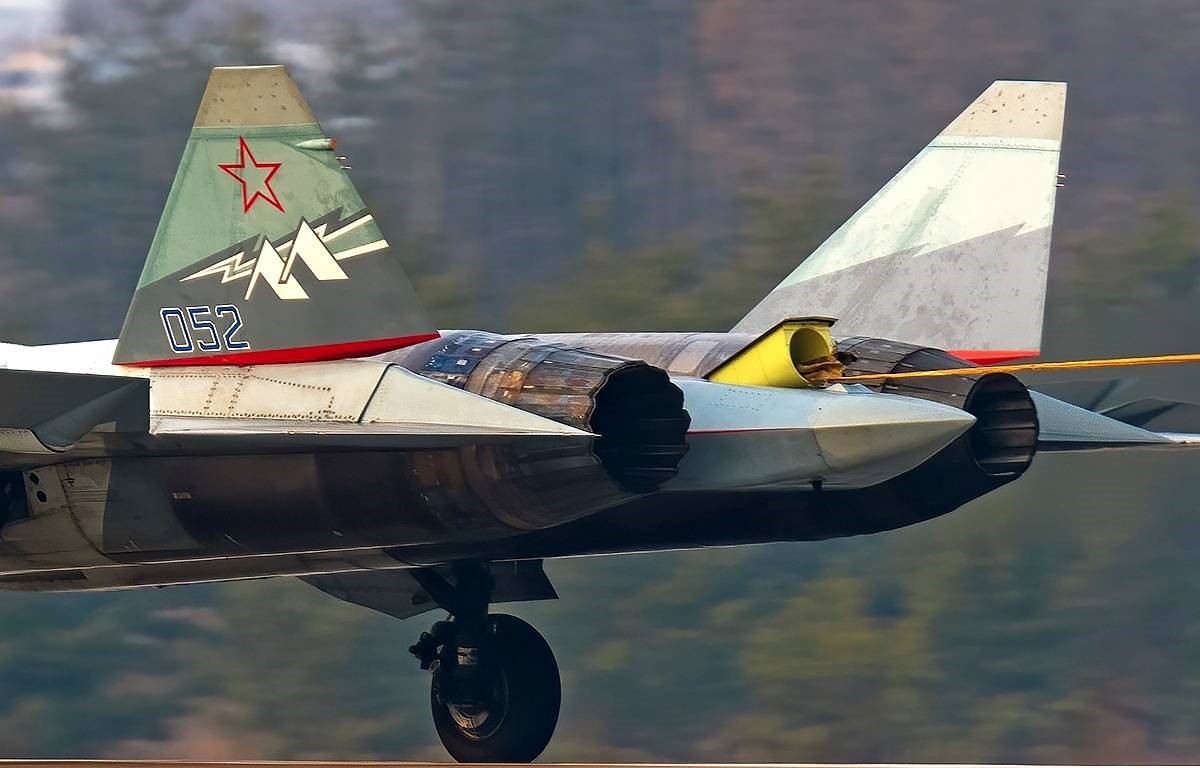
After four years of assurances that the Type 30 would soon be ready to equip the fighter, during the latest transfer of a Su-57 batch to the Aerospace Forces (VKS) of russia we can see the aircraft handed with the same old AL-41F1s installed.
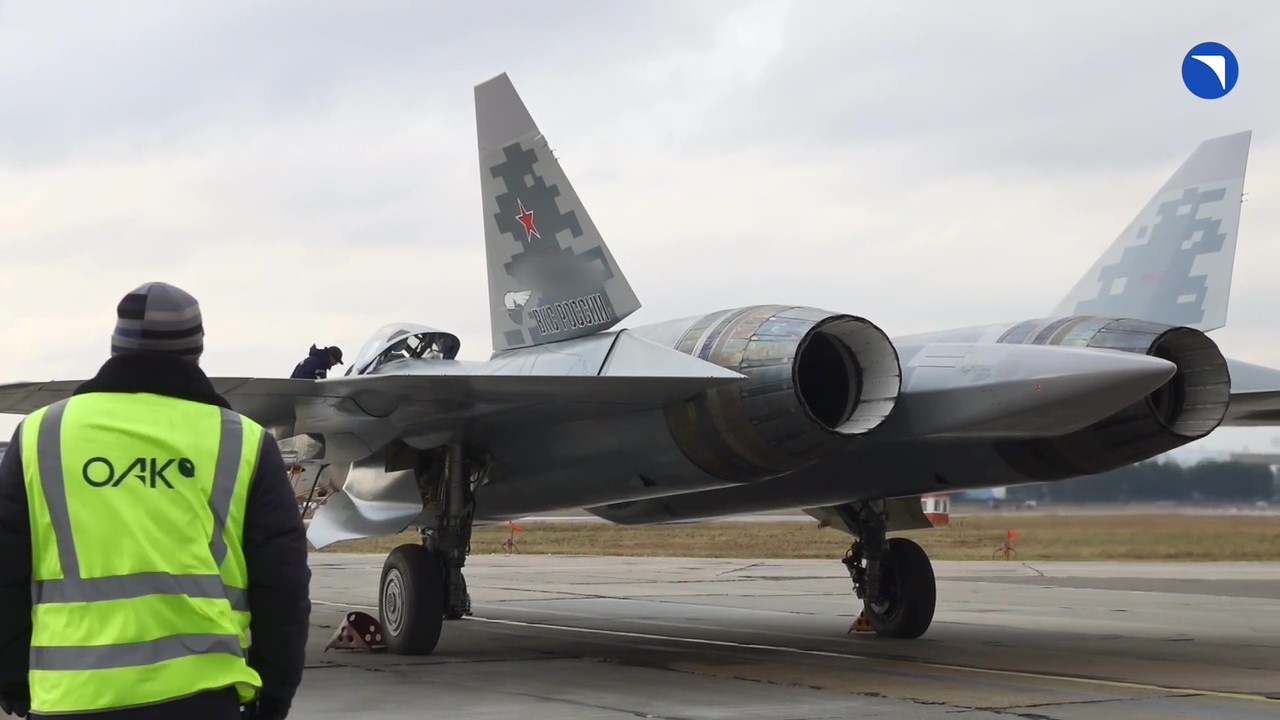
Against this background, the presentation of another russian development should be met with a reasonable amount of skepticism until it faces a reality check.
Especially if it turns out that the flat novelty is not even a new model but a reshaped nozzle for another modernization of the AL-31F, blueprints for which were created in the 1970s.
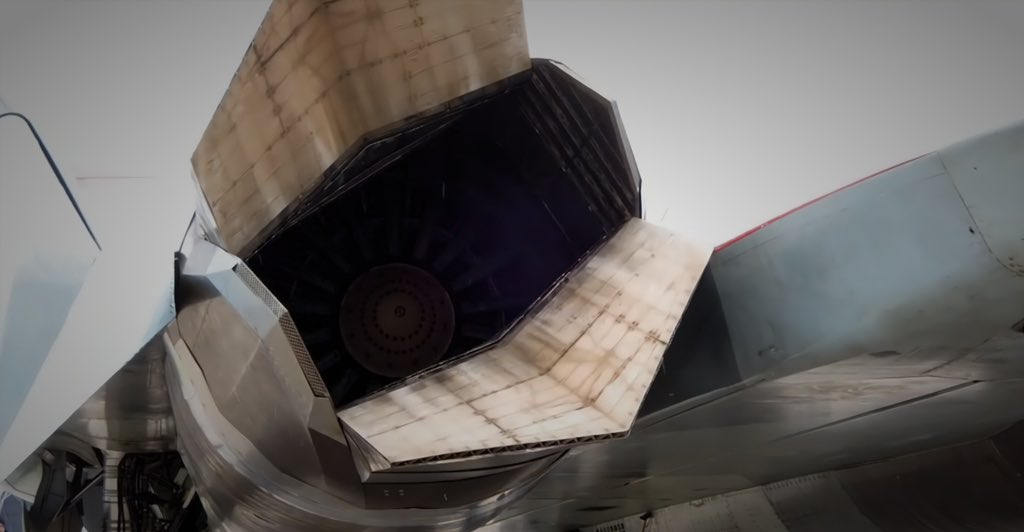
Furthermore, the whole history of the russian Su-57 is but an attempt to make weapons "like the Americans do." Even considering just the official data, it took 16 years from the beginning of this project in 2002 (or blowing the dust off the Soviet drawings) until the aircraft entered service in 2018 with an ambitious plan to build 76 fighters by 2028.
All of this while the US itself had already put the F-22 into operation in 2005, finished all production by 2011, having built 187 serial machines, and even started retiring these aircraft.
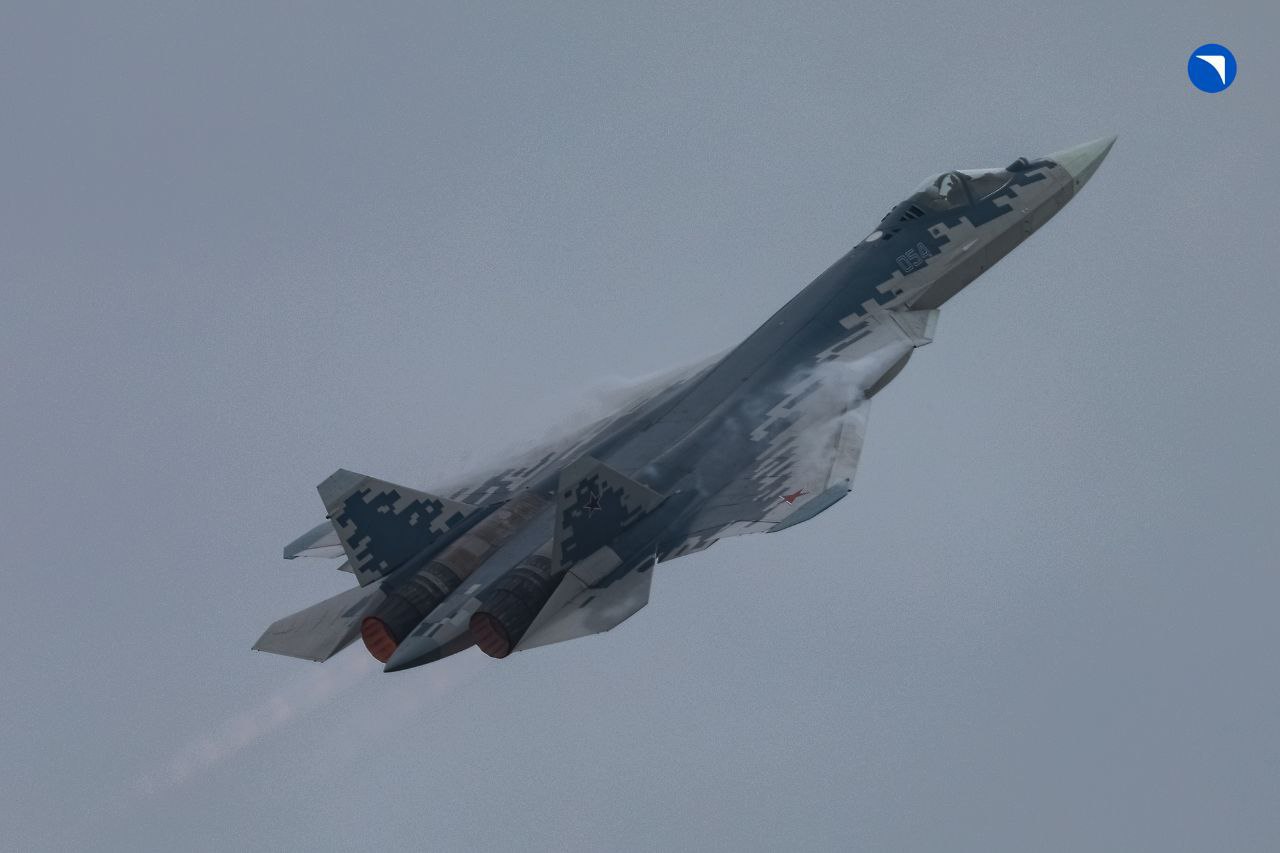
Read more: After Su-57 Embarrassment at Airshow China, russians Try to Reanimate the Fighter's Reputation Citing Patriot System




